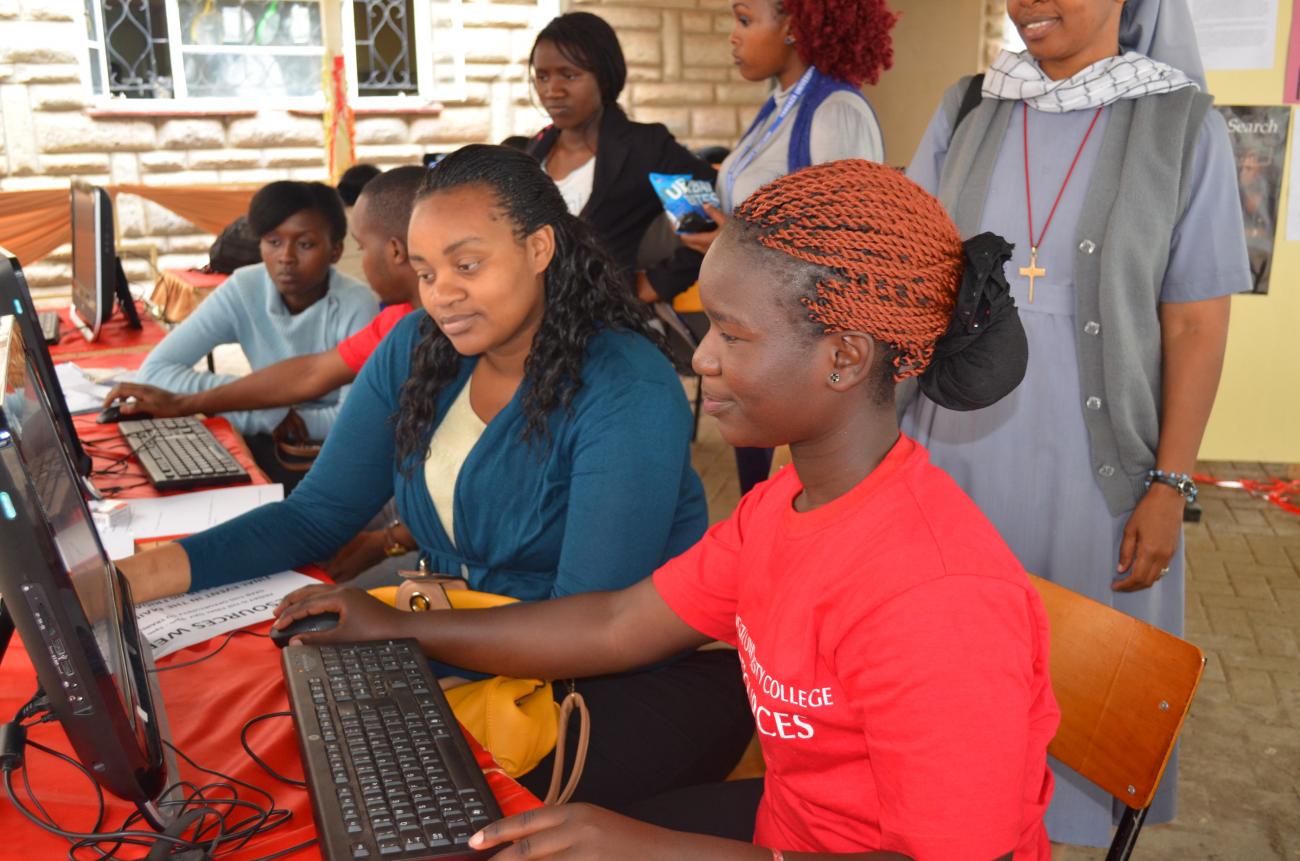
Digital Universities in Africa
The challenge
While much is written about the potential and impact of ICTs on teaching and learning in African higher education, much less is known about how African academics are creating and developing their own learning content. The prevailing narrative suggests that African academics are largely consumers of digital learning content and tools produced by others, rather than being producers of their own.
We believe that there is a different story — or stories — that show how African academics and university educators are innovating, to produce content to support student learning, and that much is happening “below the radar”, invisible to the wider higher education community.
Our approach
INASP is investigating the ways in which university academics and educators in Ghana, Kenya and Nigeria are innovating to create their own digital content, to support student learning. This project is part of The Digital University in Africa programme, funded by the British Council
We aim to get beyond the “flagship universities” by deliberately seeking insights from a range of institutions.
We have six objectives
- Identify and document less visible practices in the creation and use of digital learning content: what content is being created? For what purpose? By whom and for whom? Through what methods?
- Understand the opportunities and challenges encountered by these creators: what individual, institutional, and wider system-level factors enable academics to create and use digital learning content?
- Understand the extent to which this content is formally incorporated into institutional learning collections, through review, quality assurance and accreditation, publication and hosting.
- Identify promising practices that have wider value for academics and universities in each country, as well as value to university educators and leaders across the continent, and for the global HE community
- Identify policies and processes which can enhance or hinder the development of digital learning content and recommendations for action which could facilitate wider replication.
- Demonstrate these innovations in practice to African HE policy makers and leaders, and to HE policy makers and leaders from beyond Africa
You can read the stories we have gathered so far on our stories of innovation website

